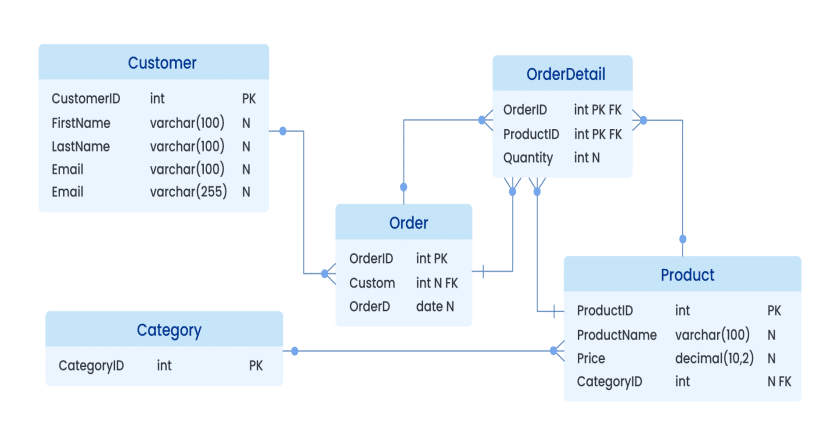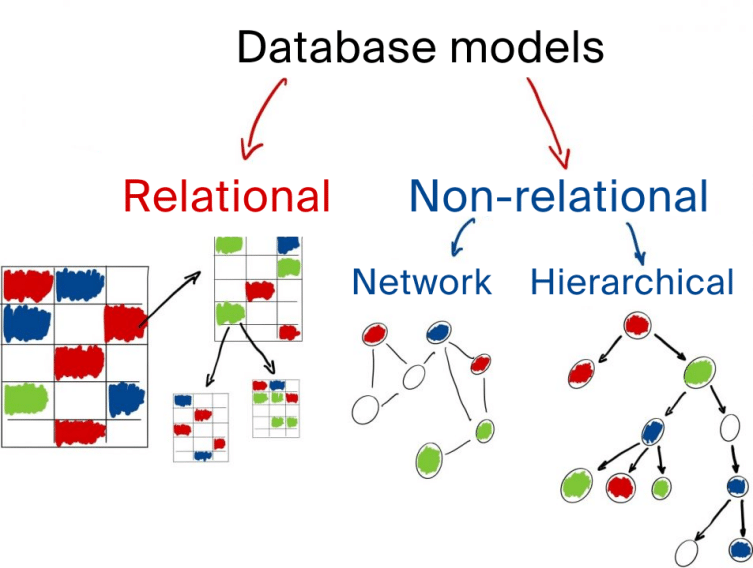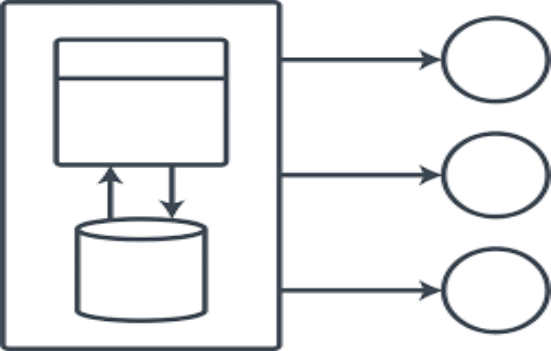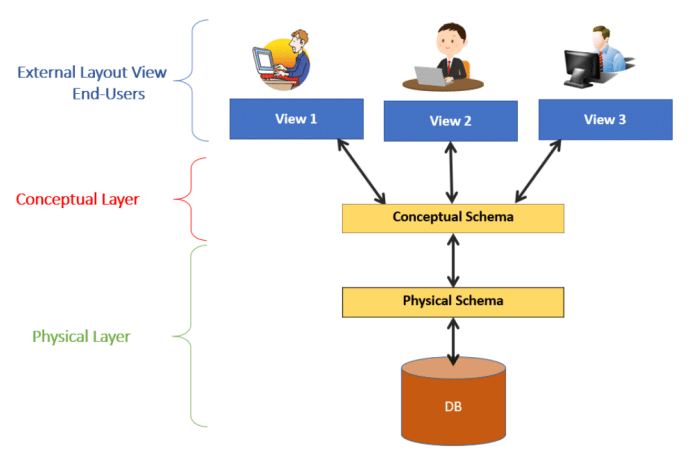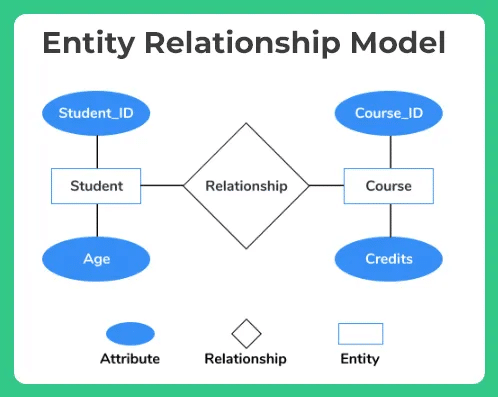For efficient data management and application development in today’s data-driven environment, it is essential to have a solid grasp of the architecture that regulates our databases. Database schemas and database models are two important notions that often come into play when we go further into the area of database design. In spite of the fact that both are essential to the organization and operation of databases, they perform quite different functions. It ensures that database attacks are mitigated through robust database security measures and that corrupt database recovery processes are in place to handle potential data integrity issues.
In this article, we will analyze the layers of database design, providing light on how each component plays an important part in the lifecycle of data management. Stay tuned for more information.
